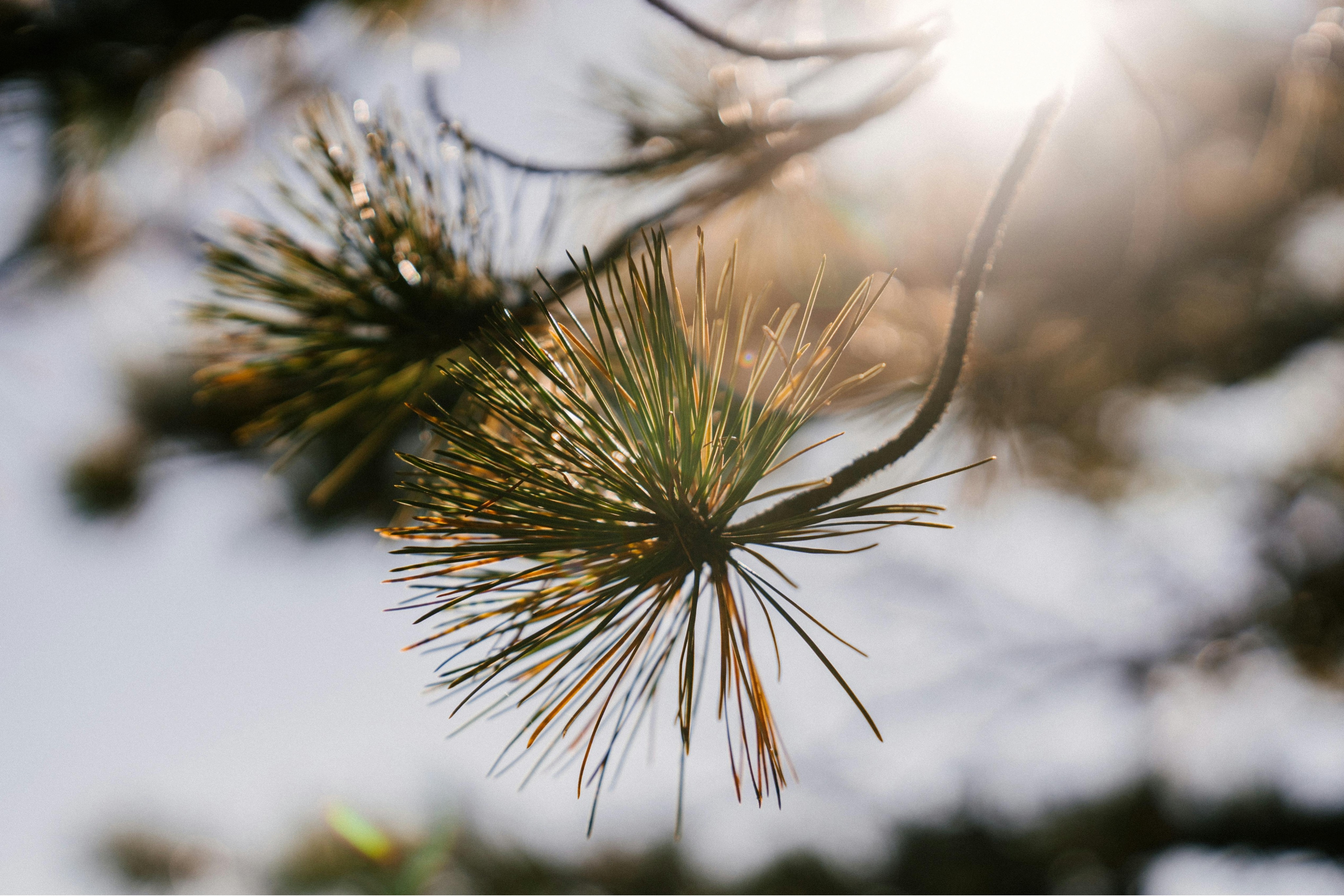Frequently Asked Questions About Mountain Pine Beetles
If you have pine trees on your property, the chances are good that you’ve heard about a particular threat common to the greater Denver area: the mountain pine beetle. These beetles are responsible for killing large swaths of pine trees out in the forests of the Front Range and the Rocky Mountains in general. And as we get closer to the summer months, those insects may start making their way into your yard. Here are a few frequently asked questions about mountain pine beetles so you can better prepare yourself and your yard.
What Do Mountain Pine Beetles Look Like?
Mountain pine beetles are relatively small with most growing just about ¼ inch in length. Adults are typically dark brown to black in color, making them somewhat difficult to see on the bark of your trees. Their larvae are typically bright cream or white in color and stay about the size of a grain of rice until they mature into the next growth stage.
Do Pine Beetles Infect Other Types of Trees
Luckily, pine beetles really only infect pine trees. If you have oak, ash, rowan, elm, or other species on your property, you won’t have to worry about these insects becoming a problem or spreading from one infected pine tree to your other trees. But if you have multiple pine trees on your property or your neighborhood has pine trees throughout most yards, those beetles can easily spread from your property to others in the area.
When Are Pine Beetles a Major Problem?
Mountain pine beetles are typically a problem during the summer and early fall months. Homeowners may notice pine beetles around their trees during early to late June. During this time, beetles are typically laying their eggs in your trees. Once those eggs hatch, the larvae can start wreaking havoc on your trees. Once the larvae spread throughout your tree, it can be difficult if not impossible for your tree to recover. You’ll want to schedule an inspection with your trusted plant health care team if you suspect an infestation. They’ll be able to guide you on the best next steps to take.
How Can I Protect My Trees?
Luckily, there are preventative treatments designed to help keep your trees safe from mountain pine beetles. These treatments are not available in stores, so you’ll need to work with a tree care team from the beginning. The treatment effectively coats your trees’ bark and prevents beetles from laying their eggs there in the first place. While no treatment is ever 100% effective, it’s your best option.
If your trees already have a beetle infestation in place, you’ll likely need to remove the tree altogether. If you let the tree stay in place, it will likely die and the rest of the pines on your property and in your neighborhood may be vulnerable to infestation.
Let Root Tree Service Help
Mountain pine beetles are a major threat to pine trees in the greater Denver area. If you’re worried about your trees or think you may have an active infestation, contact Root Tree Service today. Our team is here to help you keep your trees healthy, happy, and thriving.
Go Back What Do Mountain Pine Beetles Look Like?
Mountain pine beetles are relatively small with most growing just about ¼ inch in length. Adults are typically dark brown to black in color, making them somewhat difficult to see on the bark of your trees. Their larvae are typically bright cream or white in color and stay about the size of a grain of rice until they mature into the next growth stage.
Do Pine Beetles Infect Other Types of Trees
Luckily, pine beetles really only infect pine trees. If you have oak, ash, rowan, elm, or other species on your property, you won’t have to worry about these insects becoming a problem or spreading from one infected pine tree to your other trees. But if you have multiple pine trees on your property or your neighborhood has pine trees throughout most yards, those beetles can easily spread from your property to others in the area.
When Are Pine Beetles a Major Problem?
Mountain pine beetles are typically a problem during the summer and early fall months. Homeowners may notice pine beetles around their trees during early to late June. During this time, beetles are typically laying their eggs in your trees. Once those eggs hatch, the larvae can start wreaking havoc on your trees. Once the larvae spread throughout your tree, it can be difficult if not impossible for your tree to recover. You’ll want to schedule an inspection with your trusted plant health care team if you suspect an infestation. They’ll be able to guide you on the best next steps to take.
How Can I Protect My Trees?
Luckily, there are preventative treatments designed to help keep your trees safe from mountain pine beetles. These treatments are not available in stores, so you’ll need to work with a tree care team from the beginning. The treatment effectively coats your trees’ bark and prevents beetles from laying their eggs there in the first place. While no treatment is ever 100% effective, it’s your best option.
If your trees already have a beetle infestation in place, you’ll likely need to remove the tree altogether. If you let the tree stay in place, it will likely die and the rest of the pines on your property and in your neighborhood may be vulnerable to infestation.
Let Root Tree Service Help
Mountain pine beetles are a major threat to pine trees in the greater Denver area. If you’re worried about your trees or think you may have an active infestation, contact Root Tree Service today. Our team is here to help you keep your trees healthy, happy, and thriving.
